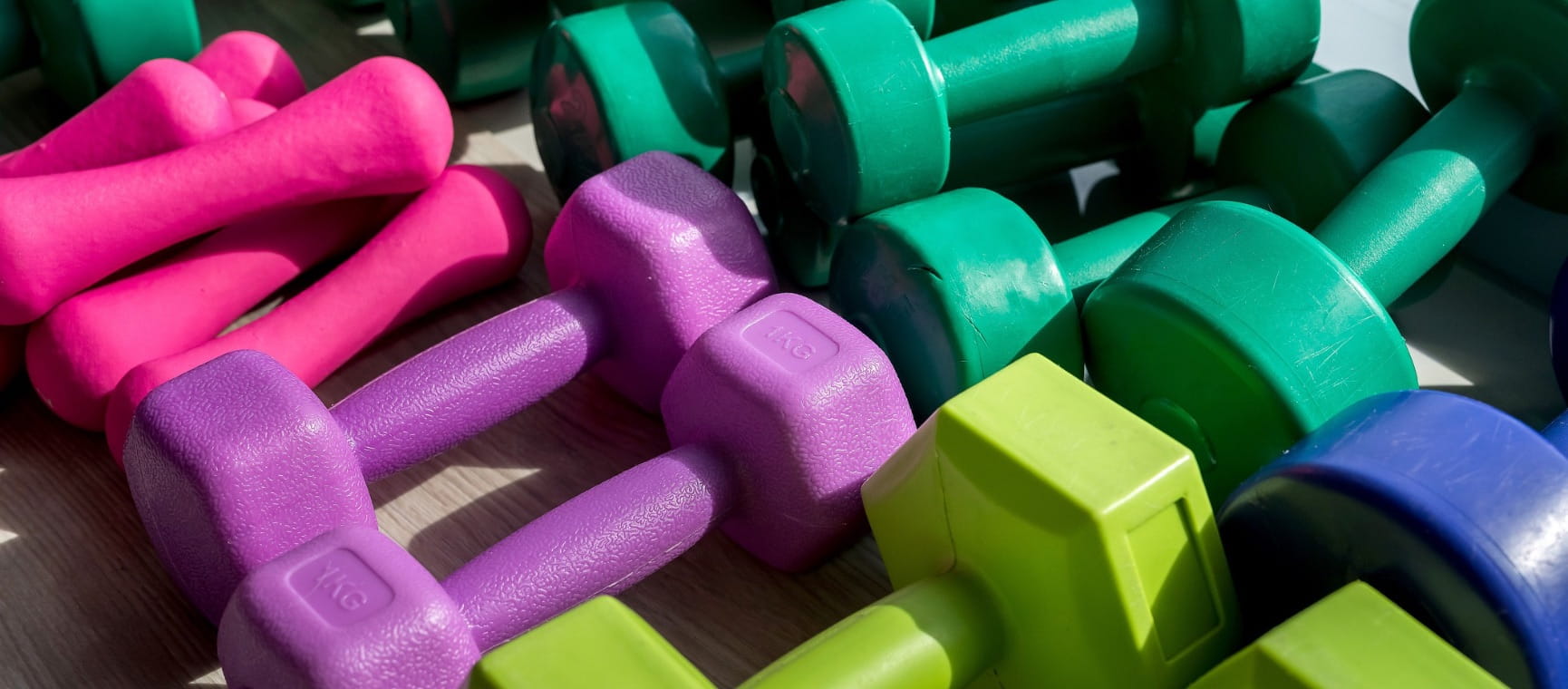

Wondering how to use dumbbells? Read our complete guide with 12 exercises to get you started.

A home-workout staple, dumbbells can even be purchased with your weekly supermarket shop. You’ve just got to know how to use them.
There are many different types of dumbbell, and they’re a versatile piece of equipment for strength training. You can also use a light set of weights for cardio exercise, too. There are many benefits of strength training, and you don’t need to join a gym to do it. Neither do you need a huge selection of dumbbells at home.
We’ve compiled a list of exercises that are all suitable for beginners. All you’ll need is – yes, you’ve guessed it – a set of dumbbells.
Dumbbells are great for many reasons: here are just a few.
Dumbbells are perfect for beginners because it’s easy to get started with them. If you have existing medical conditions or injuries, consult your GP before you begin.
When it comes to weight selection, think about what muscles you're working on and whether you’ll be moving the weights. In a squat, for example, the large leg muscles are used, and all you have to do is hold the weight. Therefore, you can use a heavy weight.
On the flip side, if you’re pressing the dumbbells overhead, you’re working the shoulders, which are smaller muscles, and moving the weight away from you, so you’ll need a lighter weight.
It's important to protect your back when using any kind of weight. You can do this by "engaging your core".
All this means is squeezing your glutes (bum) and thinking about pulling your belly button back towards your spine. This ensures 360-degree protection for the lower back. Do this whatever position you’re in, even if lying down.
While you’re exercising, you can help yourself by breathing correctly. Exhaling at the hardest part of the lift (this is usually as you push the weight) will mean your core stays engaged and give you that little bit of extra "oomph" to lift heavier.
Examples: exhale as you come up out of a squat, or as you push dumbbells overhead.
Don't leap out of bed and immediately start lifting weights. Make sure your body is prepared for exercise with some warm-up stretches. You could even take a brisk walk to get the blood flowing.
That way, you’re less likely to injure yourself. Stretching afterwards is a good idea, too – it won’t mean you’re not sore the next day, but you’ll be less sore, at least.
The exercises below refer to light, medium and heavy dumbbells. The exact weight used will be different according to individual strength and ability. Over time, you will be able to increase the weight used.
A good starting point for beginners is a set of 1, 2 and 3kg dumbbells, or 2, 3 and 5kg.
The list of exercises that you can use dumbbells for is very long. I’ve listed what I consider to be a good range of movements to try.
If you’re not sure about anything, I’d suggest copying the movement shown without dumbbells first, then adding them in when you feel ready.
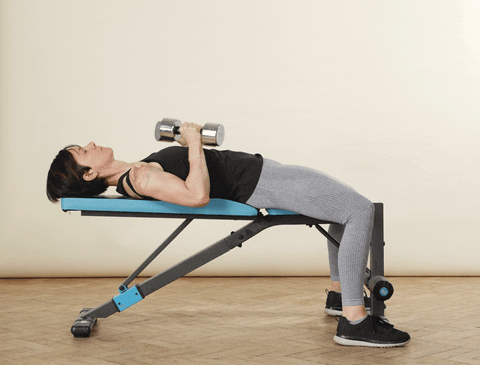
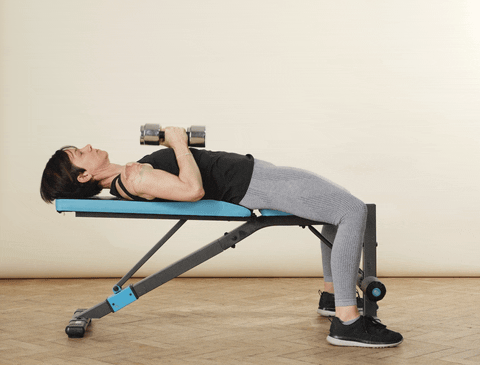
Top tip: Think of drawing a rainbow.
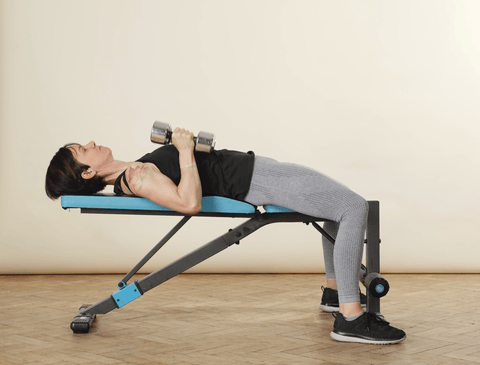
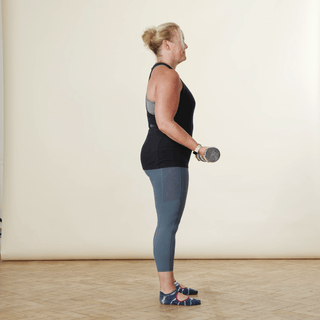
Top tip: Follow how to do a bicep curl for a more detailed explanation.
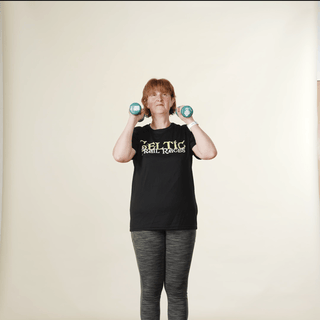
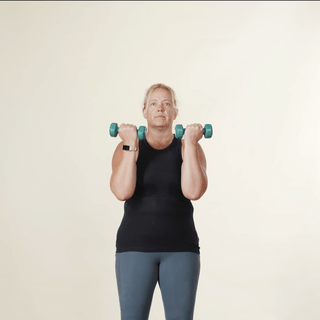
Fun fact: This move was made famous by Arnold Schwarzenegger, hence the name!
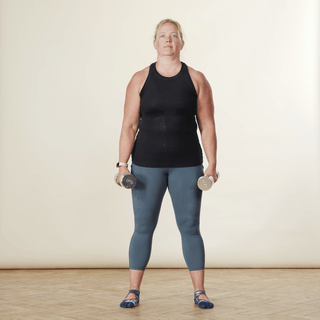
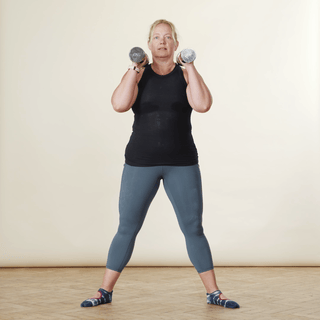
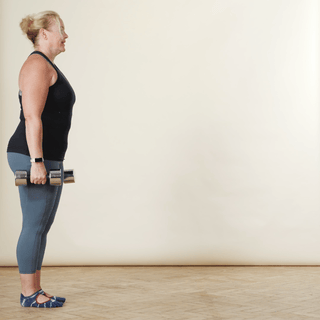
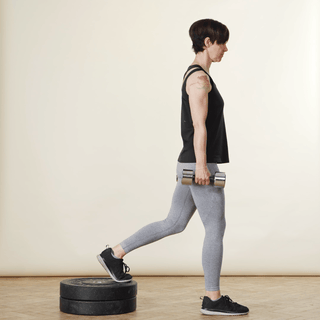
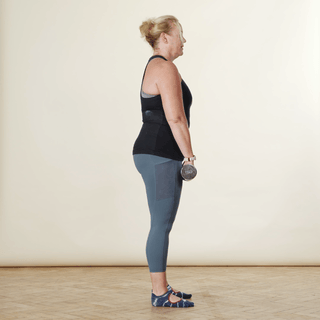
Top tip: Practise the hip hinge by imagining you're shutting the car door with your bum!
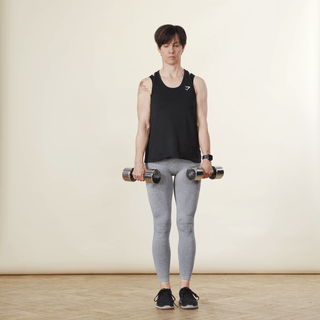
Becky Fuller is a fully qualified Personal Trainer, specialising in strength and conditioning for over 50s. Becky’s focus is helping people to become stronger both in body and mind, and to move well without pain.
Becky also has many years’ experience working as a freelance journalist.
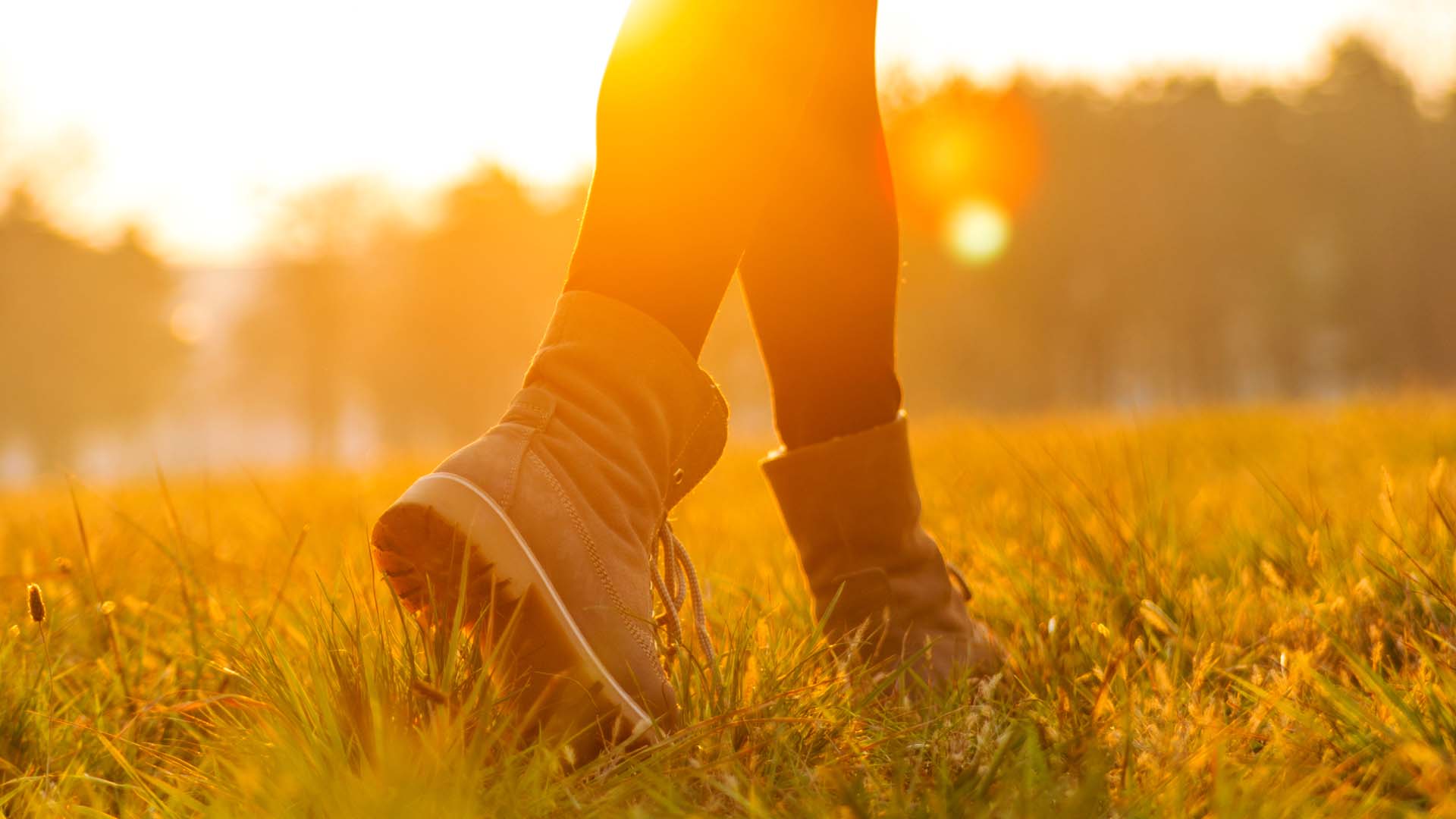
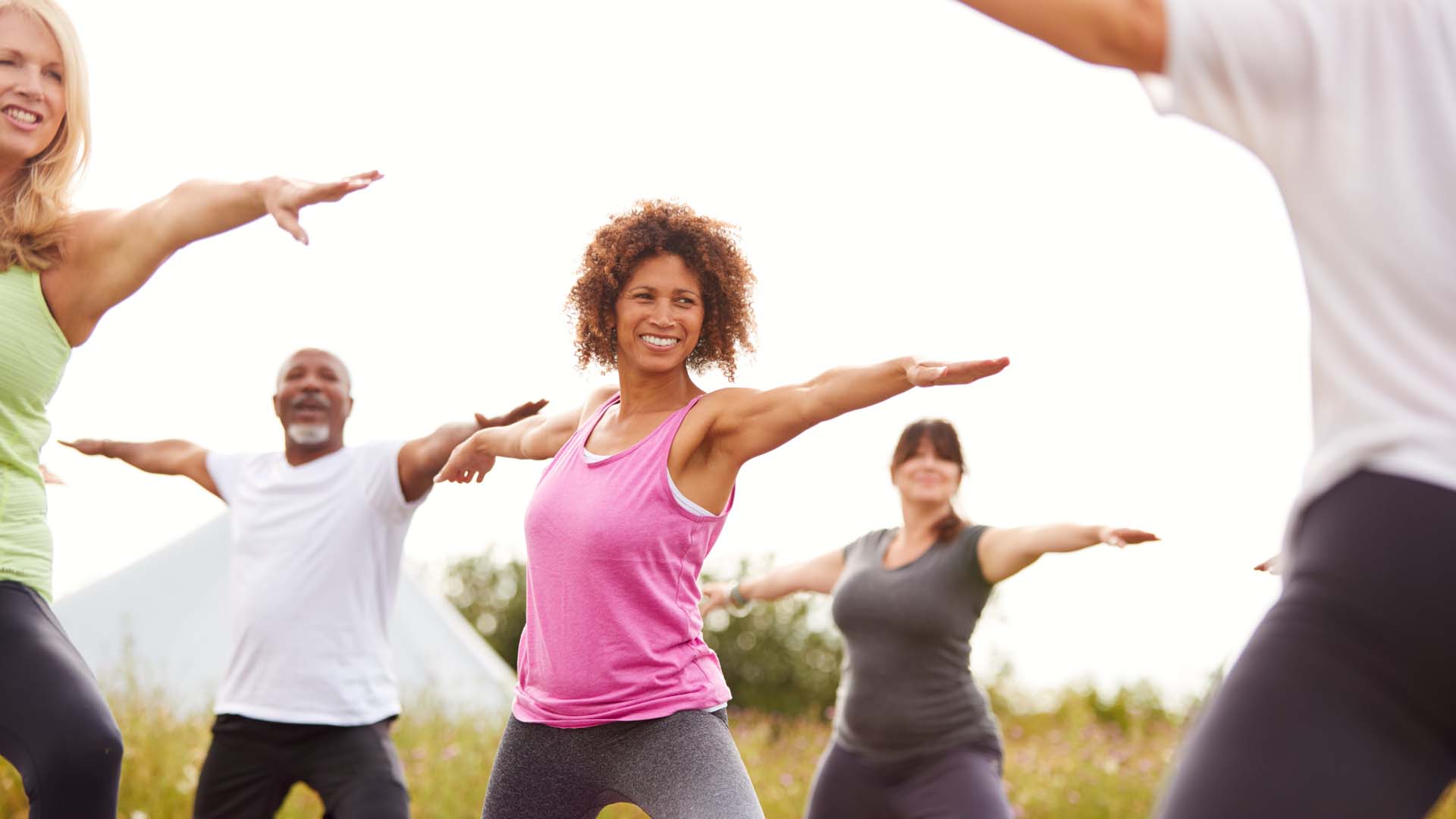
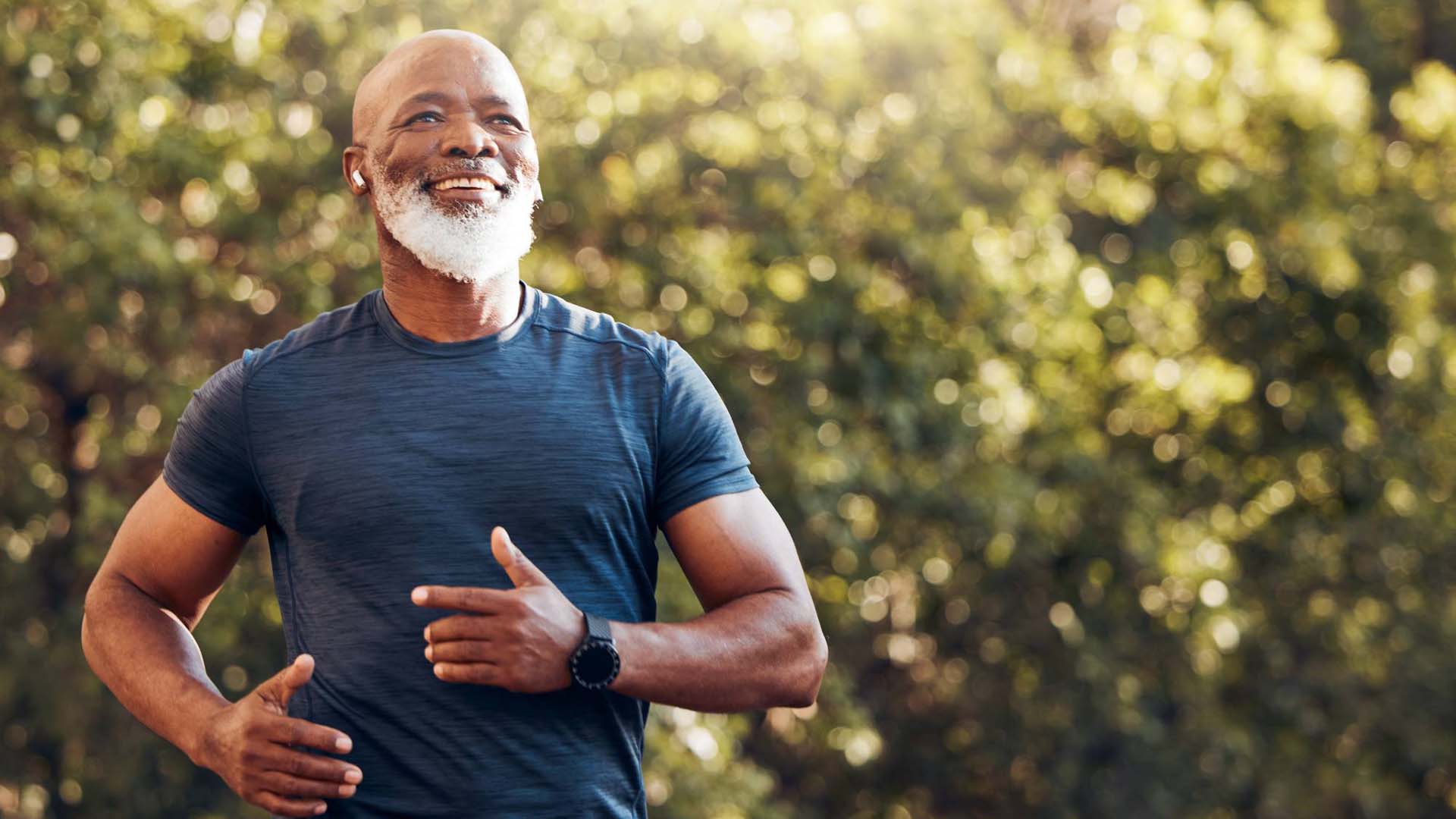
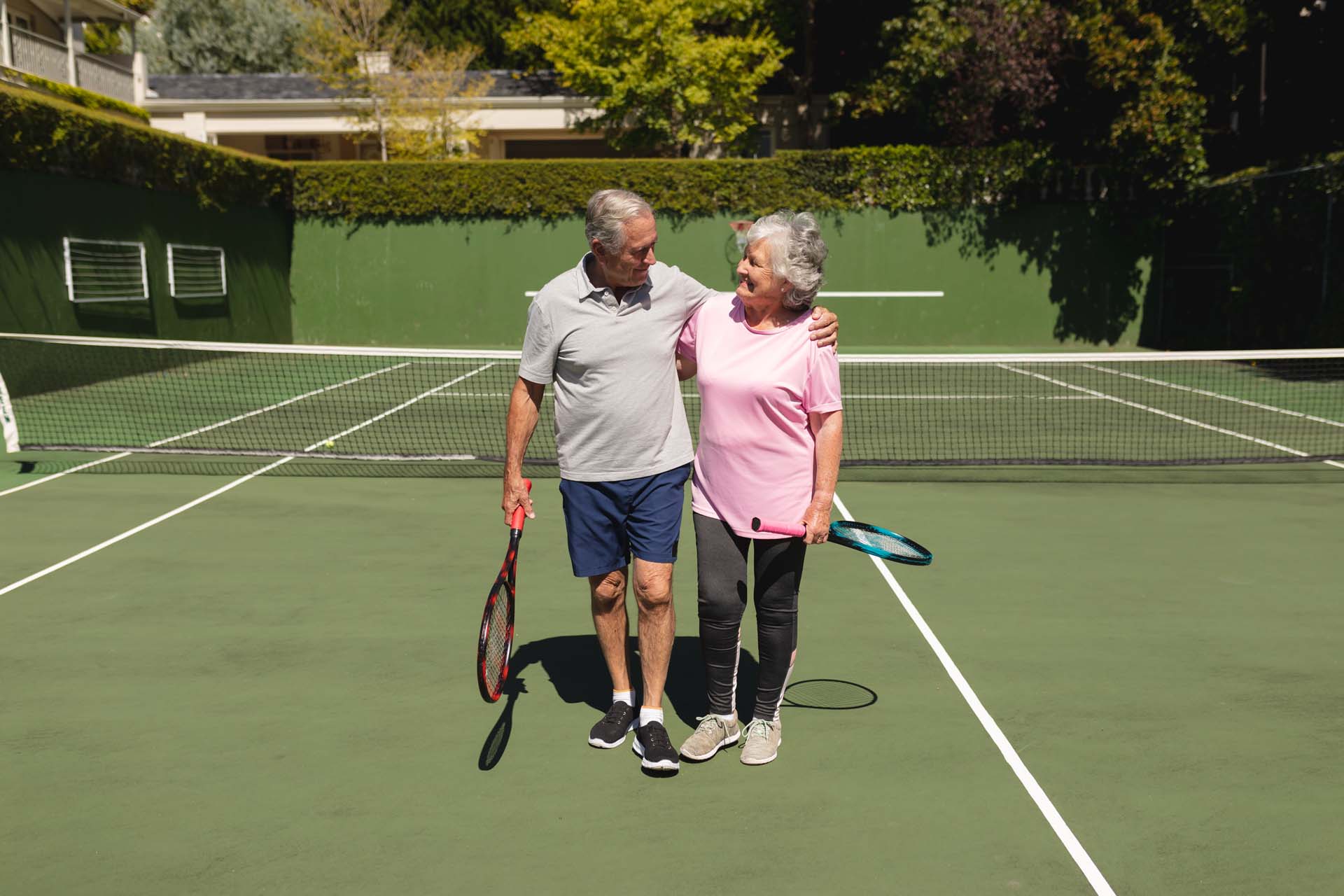
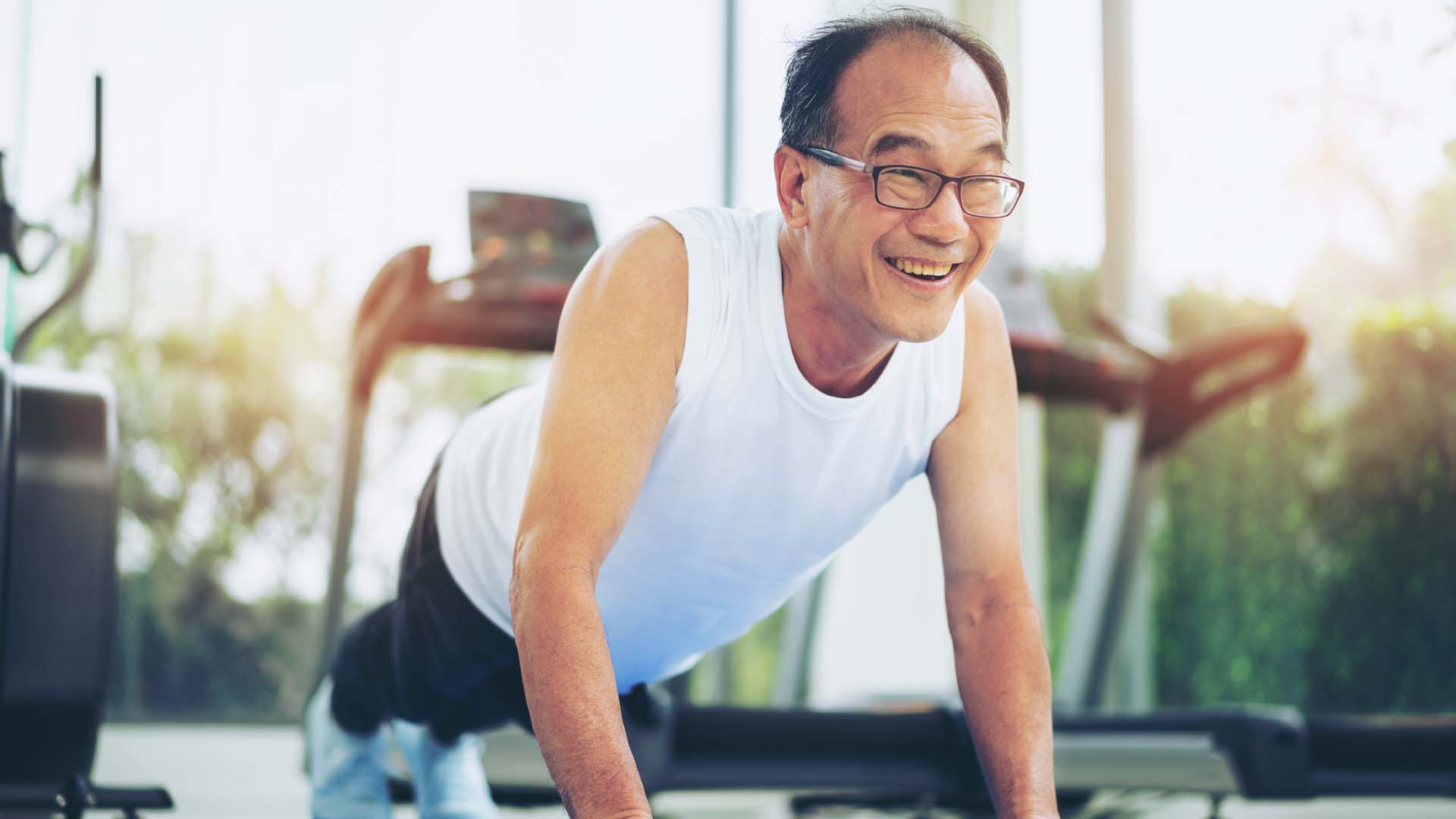
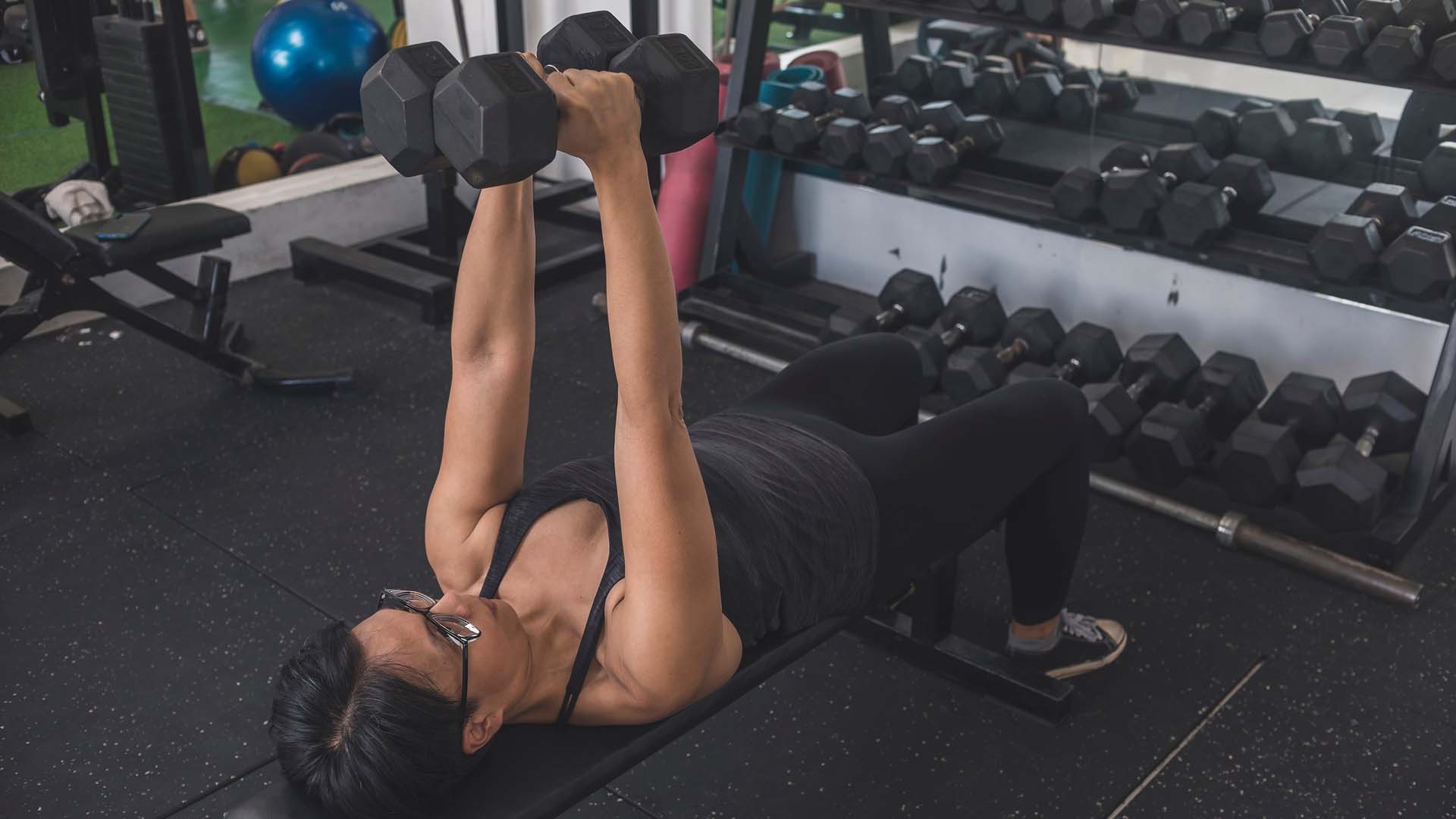
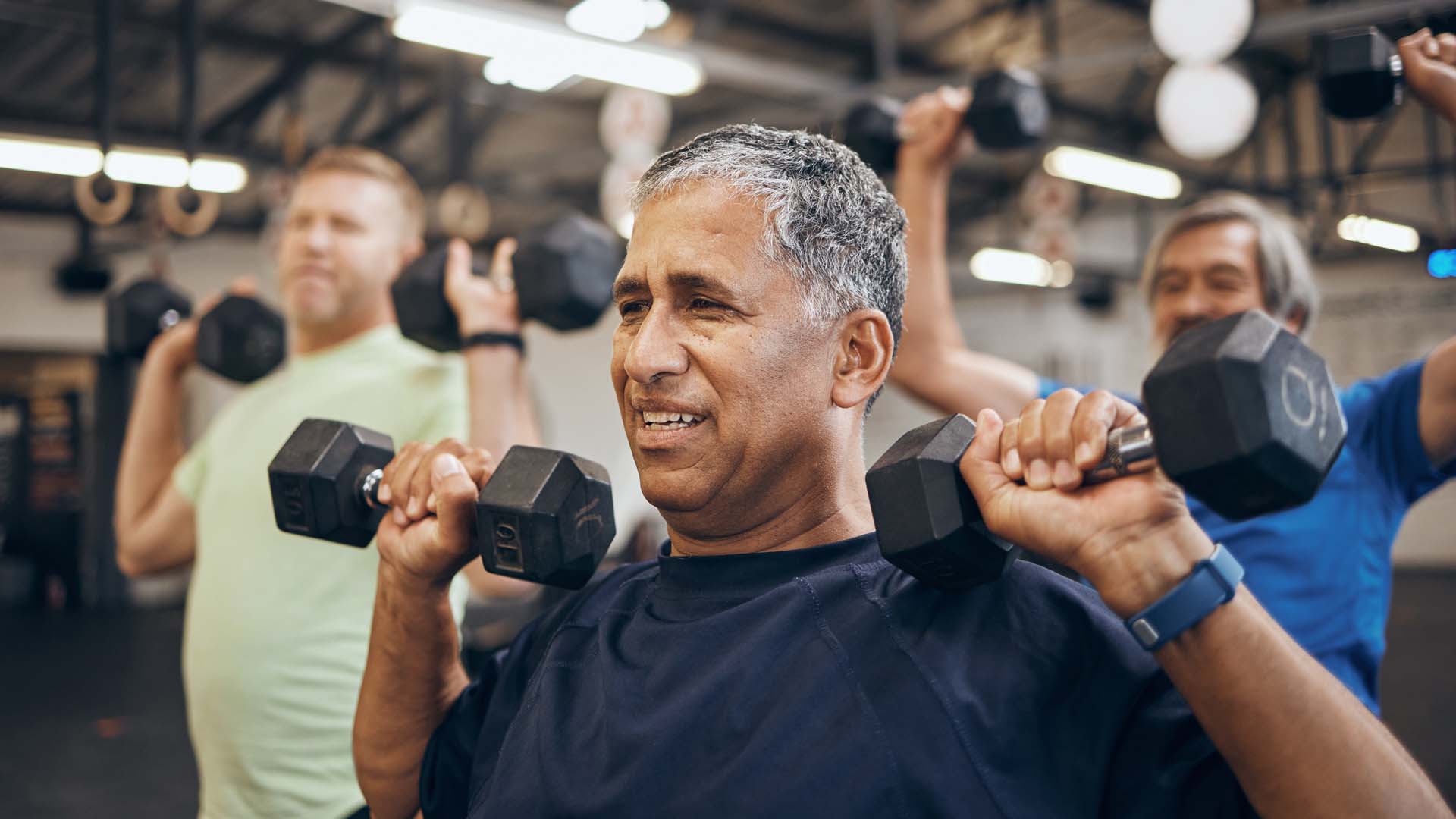
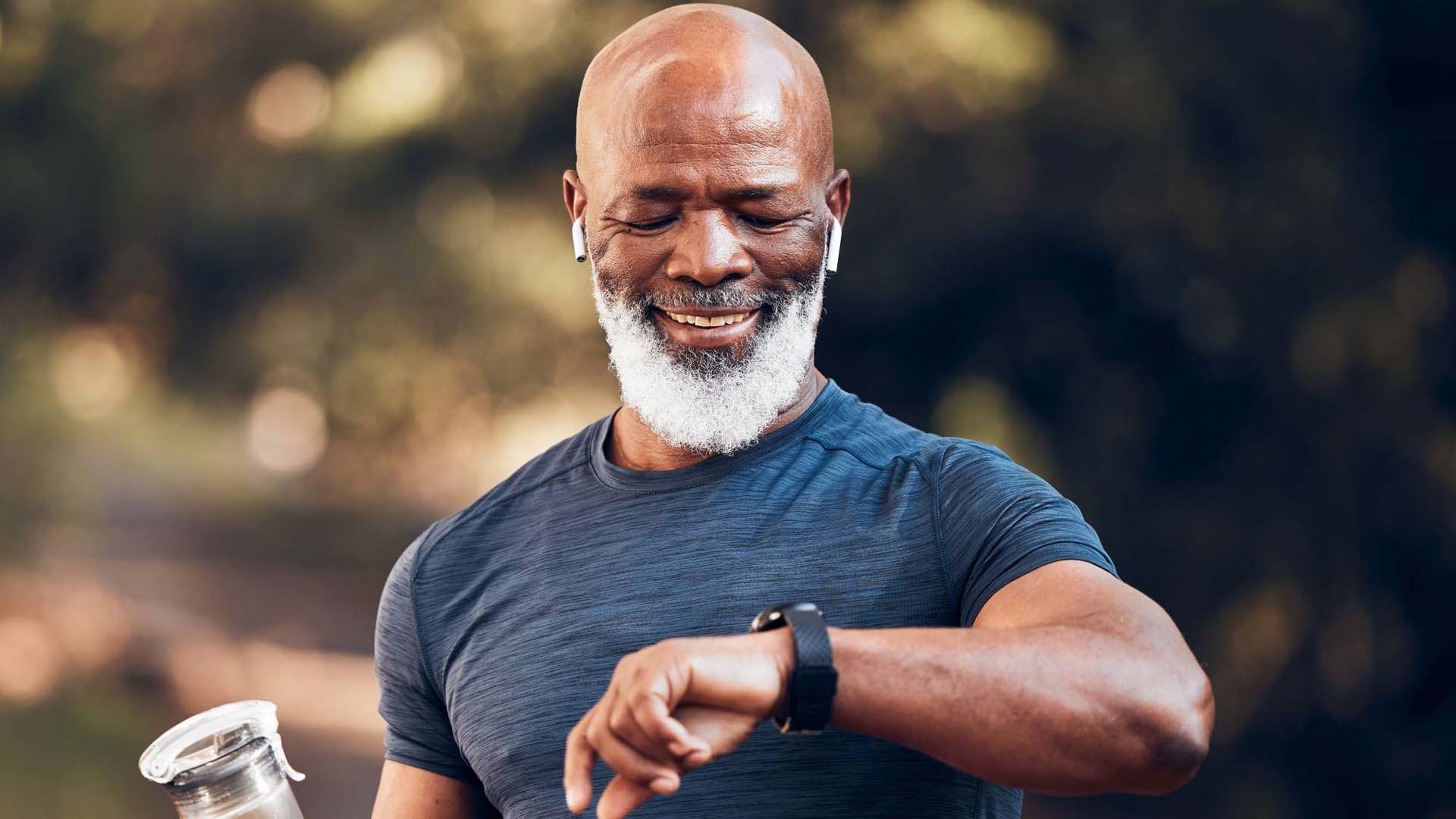
Your questions answered about what really is a good 5k time.